
They range from skin conditions associated with sexually transmitted infections to acne to hair loss and removal for the alignment of appearance to gender identity.

They range from skin conditions associated with sexually transmitted infections to acne to hair loss and removal for the alignment of appearance to gender identity.
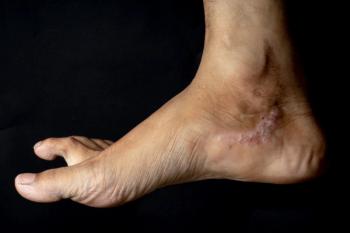
People of color are more likely to develop atopic dermatitis and have more severe disease. Vtama, currently approved to treat plaque psoriasis, is being studied to treat patients with atopic dermatitis.

Body dysmorphia that focuses on self-perceptions of the face has been dubbed "Zoom dysmorphia" because of its association with the video conferencing platforms.

University of Chicago researchers documented the relative lack of pharmacies in the city's low-income neighborhoods and the higher price of lotions, creams and liquid body soaps recommended by the National Eczema Foundation.

A content analysis of 75 TikTok videos showed that most have positive information about the oral acne medication, which was previously sold under the brand name Accutane. But larger majority (77%) of the videos have negative information about isotretinoin, and a large percentage of those videos give the positive effects only a passing mention, if any at all.

In a discussion with Managed Healthcare Executive, Jonathan I. Silverberg, M.D., Ph.D., M.P.H., an Associate Professor of Dermatology at The George Washington University School of Medicine and Health Sciences, discussed the concept of "atopic march."
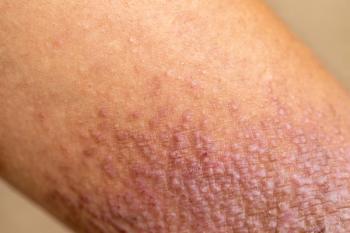
Physicians switch to Opzelura (ruxolitinib) when other therapies fail to help patients with atopic dermatitis, according to a new analysis presented at the annual meeting of the American Academy of Dermatology.

Contrary to previously held beliefs, reactions are possible regardless of skin tone or age.

The annual meeting will run through Tuesday.

John Barbieri, assistant professor at Harvard Medical School, is looking forward to the upcoming 2024 American Academy of Dermatology meeting, which runs from March 8-12 in San Diego. Barbieri is particularly showing interest in late-breaking abstracts and trial data and hoping to see cutting-edge information from pivotal clinical trials.

Sancy Leachman, M.D., Ph.D., professor and chair of the Department of Dermatology and director of the Melanoma Research Program at the Knight Cancer Institute at Oregon Health and Science University, discusses genetic testing for melanoma.

In his keynote at the annual meeting of the American Academy of Dermatology Association Safi R. Bahcall, Ph.D., a physicist and entrepreneur, spoke about how seemingly crazy ideas can lead to breakthroughs.

Findings from a mouse model suggest that encapsulating anandamide, an endocannabinoid, could be a way to make it an effective treatment for cutaneous lupus erythematosus (CLE).

VISIBLE is focused on answering data gaps in people of color with psoriasis. Lead investigator Andrew F. Alexis, M.D., hopes the study will generate data to help address care gaps and inform future best practices in diversity research in dermatology.

The researchers say their findings argue for dermatologists embracing TikTok and promoting more high-quality content on it and other social media platforms.

Checkpoint inhibitors, such as Keytruda (pembrolizumab) and Opdivo (nivolumab), are playing a major role in cancer treatment. But they also produce side effects that affect the skin. Steven Chen, M.D., M.P.H., M.H.P. Ed., said dermatologists need to work with oncologists to manage the side effects so patients can stay on checkpoint inhibitors.
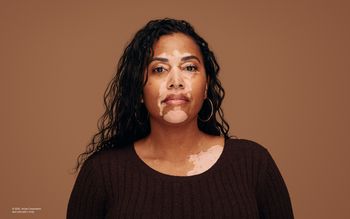
Longer-term use of Opzelura was well tolerated, with no serious treatment-related adverse events, according to a poster presented at the annual dermatology meeting.

John E. Harris, M.D., Ph.D., of the UMass Chan Medical School in Worcester, Massachusetts, and director of a vitiligo clinic and research center there, discusses some of the insurance issues regarding Opzelura (ruxolitinib) cream.

Women who are pregnant don’t have to stop all of their treatments during pregnancy. Some can be safely treated for their psoriasis or eczema, according to a presentation today at the annual meeting of the American Academy of Dermatology.

Erik Jaklitsch of the University of Pittsburgh School of Medicine presented findings today at the annual meeting of the American Academy of Dermatology that suggest that teledermatology might be useful for shortening the time to treatment for melanoma patients.

Research shows that short-term exposure to wildfire air pollution can affect the skin and cause flares of certain skin conditions.
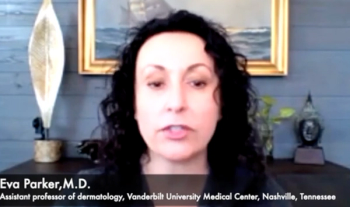
Eva R. Parker, MD, associate professor of dermatology at Vanderbilt University Medical Center and president of the Nashville Dermatologic Society, addressed how climate change is already increasing the incidence of some skin-related conditions at the annual meeting of the American Academy of Dermatology in New Orleans.

Emma Guttman-Yassky, M.D., Ph.D. of Icahn School of Medicine at Mount Sinai, New York discussed developments in atopic dermatitis treatment, more specifically with therapies like rocatinlimab and other anti-OX4 agents today at the annual American Academy of Dermatology meeting in New Orleans.
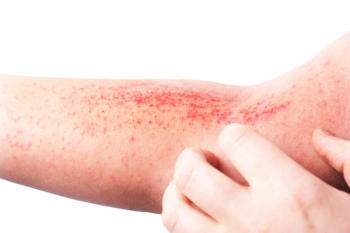
After initial treatment, Opzelura used on an as-needed basis was able to control symptoms of atopic dermatitis and helped patients sleep, according to a poster presented at the annual dermatology meeting.
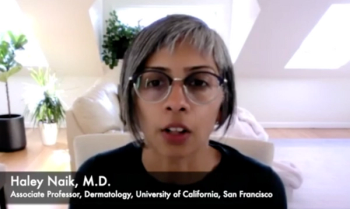
Haley Naik, M.D., associate professor of dermatology at the University of California, San Francisco, School of Medicine, led a discussion about hidradenitis suppurativa today at the annual American Academy of Dermatology meeting in New Orleans.
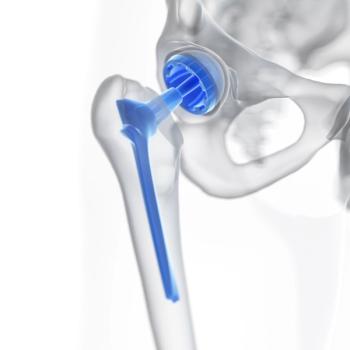
Although not a common complication of hip, knee and other metal implants, the number of allergic reactions is growing, partly the number of joint replacements is growing, according to a presentation at the annual meeting of the American Academy of Dermatology. Nickel is the most common contact allergen.

Monica Li, M.D., clinical instructor in Department of Dermatology and Skin Science at University of British Columbia, led a session on advances in microneedling today at the annual meeting of the American Academy of Dermatology in New Orleans.

Kali Panagos, Pharm.D., of ARMSRx discussed ways that pharmacy benefit managers are coping with specialty drug spending.

Doug Long, vice president, industry relations IQVIA, talk about the growth of the specialty medication market and the impact of biosimilars that are expected to be introduced next year.

Using a claims database, researchers found a steady increase in the prevalence of alopecia areata from 2016 to 2019 among those with employer-based health insurance. They also found a higher prevalence and incidence rate among women than among men.